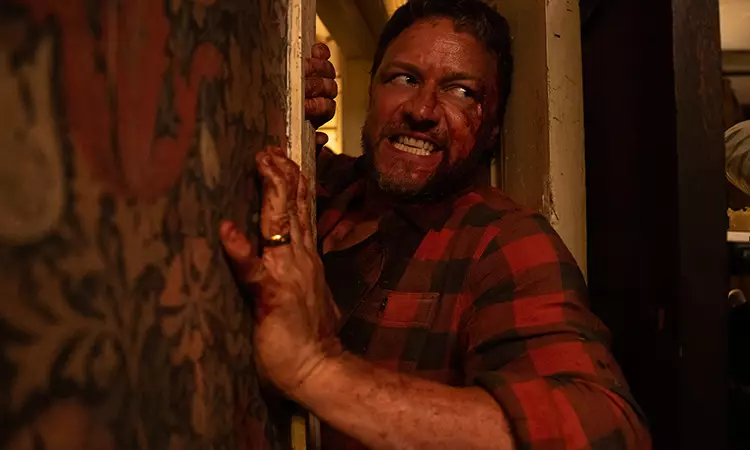Family conflicts have long been a riveting theme in the horror genre, offering insights into the psyche of human relationships while creating unforgettable cinematic moments. The dynamics of family dysfunction can manifest as a breeding ground for fear, tension, and dread, often reflected in the performances of actors who portray these complex relationships. The film “Hereditary,” featuring a chilling performance by Toni Collette, exemplifies this idea, revealing the dark undercurrents of familial grief and trauma. Similarly, Stanley Kubrick’s “The Shining,” with Jack Nicholson’s menacing portrayal of a troubled father, showcases how deeply fractured family bonds can lead to catastrophic consequences.
James Watkins’s “Speak No Evil,” a reimagining of the 2022 Danish horror film by Christian Tafdrup, carves its own niche within the horror spectrum by blending psychological elements with humor, while retaining the essence of its predecessor. Set against the backdrop of an isolated country house, the film deftly examines the cultural and class disparities that arise when an American family, represented by Louise (Mackenzie Davis), Ben (Scoot McNairy), and their daughter Agnes (Alix West Lefler), become entangled with a British family (led by James McAvoy and Aisling Franciosi).
Unlike its Danish counterpart, which adopted a more ambiguous approach regarding character motivations, the British adaptation offers a clearer narrative that delves into the underlying reasons behind the unsettling behavior of its characters. This clarity allows viewers to engage with themes such as toxic masculinity, predation, and the fragility of social norms, all encapsulated within a framework that generates both discomfort and dark humor.
Watkins demonstrates a unique ability to amplify tension within the film, especially through the labyrinthine structure of the country estate where much of the action unfolds. The isolation of the setting sets up a crucible for rising suspense as familial tensions escalate. The filmmaker’s precise direction and thoughtful choreography are significant contributors to the overall unnerving atmosphere, ensuring that viewers remain perched on the edge of their seats.
The performances in “Speak No Evil” further elevate the film, as actors embrace the awkwardness of their roles. McAvoy stands out as a charming yet menacing figure, juxtaposing Scoot McNairy’s portrayal of a neurotic father, creating an engaging dynamic that captures the essence of both humor and horror. Mackenzie Davis, too, affords a remarkable range of emotions, effectively utilizing facial expressions, particularly in Watkins’ claustrophobic close-up shots, to convey the breadth of anxiety that her character experiences.
Ultimately, “Speak No Evil” not only pays homage to its source material but also enriches the horror genre by providing a fresh examination of family dysfunction through a modern lens. By exploring nuanced cultural interactions, effective use of humor, and stellar performances, the film stands apart as more than just a remake; it is a thoughtful commentary on the complexities of human relationships wrapped in a chilling narrative. This exploration of familial terror, paired with exceptional direction and acting, ensures that “Speak No Evil” will resonate with audiences long after the credits roll.

